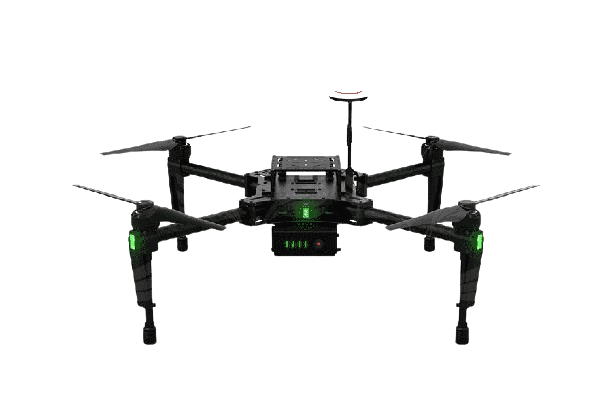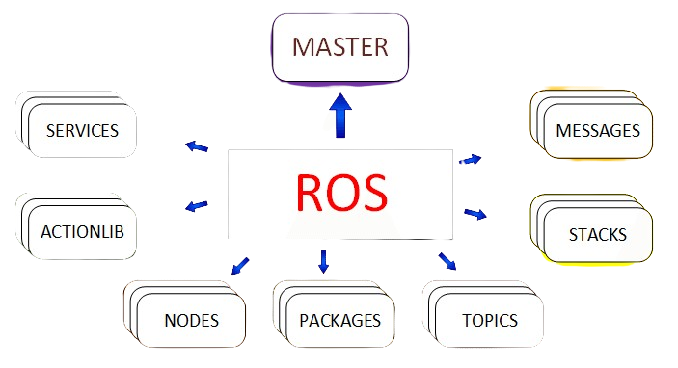ROS – RC and UAV Programming
ROS (Robot Operating System), which is widely used in research, industrial, and educational fields, is essentially referred to as an operating system, but it facilitates many functions such as robot system control, sensor data processing, navigation, artificial intelligence integration, and more.
It provides all of these through various tools to its users.
ROS is an open-source software platform for the development and control of robotic systems.
The use of ROS for UAV (Unmanned Aerial Vehicle) programming is a widely preferred method to enhance the autonomous flight capabilities of aerial vehicles.
Thanks to its modular structure, ROS enables the creation of complex robotic systems by combining different components.
RC, on the other hand, functions as a kind of remote control.
In UAVs, such as drones, it allows users to remotely control the movements, routes, and other parameters of UAVs.
Traditionally, a pilot or operator controls the UAV manually via a remote control device.
However, with developing technology, modern UAVs generally have autonomous flight capabilities.
With this, they can perform specific tasks or follow routes automatically.

ROS is an open-source software platform that includes a set of tools and knowledge to develop robotic applications.Thanks to its modular structure, it is possible to combine different components to create complex robotic systems.ROS provides a series of core functionalities such as communication, sensor data processing, motion control, navigation, and visualization. ROS is a very powerful tool for improving the autonomous flight capabilities of UAVs.UAVs are generally equipped with various sensors.During flights, the data from these sensors need to be processed and flight decisions need to be made.It is exactly for these processes that ROS comes into play.ROS is equipped and developed for tasks such as processing sensor data, mapping and localization, path planning, and flight control. ROS has many different interfaces and tools in UAV programming.These are necessary for various operations.The roles of ROS in UAV programming can be summarized as follows: Data Integration:ROS is used to combine data from various sensors of UAVs into a single system.This allows for obtaining a comprehensive data set necessary for making flight decisions. Flight Control:ROS is used to stabilize UAVs and make them fly to a specific route or point.Various control strategies from PID controllers to more complex algorithms can be implemented on ROS. Path Planning:ROS provides various path planning algorithms for UAVs to safely fly to a specific target or region.This is used to avoid obstacles and create a safe flight path. Simulation:ROS can be used for simulating UAVs before real-world applications.This accelerates the development process and reduces costs.
The drone industry is developing very rapidly.The need for unmanned aerial vehicles is also increasing accordingly day by day.In this context, the role of ROS in UAV programming is becoming increasingly important in the rapidly growing drone industry.In the future, ROS is expected to be further developed and enhanced to enable UAVs to perform more complex tasks.As expected in the future of many software technologies, the integration of areas such as artificial intelligence, machine learning, and deep learning with ROS is among the factors that can make UAVs smarter and more effective.With these technological advancements and updates, UAVs will become more widely used in many different industrial and commercial applications.Programming UAVs with ROS, which is expanding in development and usage areas, will be among the most important advancements in the coming periods.
